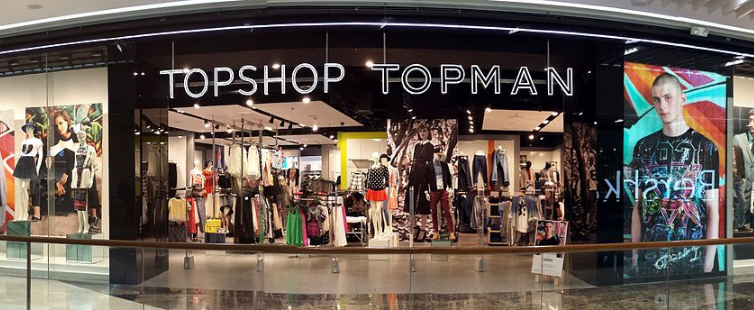Holiday Kickoff Sees Expected Ecommerce Bounce

As the “normal” holiday shopping season kicked off last week, the much-discussed shift in consumer buying patterns is well underway.
The extended season – many retailers started promotions in October to compete with Amazon’s delayed Prime Day, which they feared would steal holiday business from them – is key for many retailers and their vendors.
Projected increases
As we’ve noted, the National Retail Federation forecasts a 3.6% – 5% increase in November-December sales in the U.S. — slightly higher than seen in recent years – as merchants hope to recover business lost amid earlier shutdowns. And a big part of that gain, the NRF says, will be accounted for by a 20% – 30% increase in online business.
Early numbers appear to bear that out. Adobe Analytics reported that online purchases in the U.S. jumped 21.6% to $9 Billion on Black Friday, even as retail tracking company Sensormatic Solutions said consumer traffic at stores that day fell 52% from a year ago. And Cyber Monday business was up 15.1% from a year ago at $10.8 billion. The online figures were at the low end of many forecasts, begging the question of whether some of the business from mid-October was merely frontloaded in advance of the “traditional” Black Friday to Christmas shopping season.
Consumers hurting
Another reason for caution: the damage already done to consumer demand from furloughs and layoffs, and uncertainty surrounding supplemental relief from the government.
Brand owners and suppliers are also faced with the deterioration of retail companies in many markets. Just within the past several days,
- UK department store Debenhams , which filed for administration (bankruptcy) in April, confirmed that its administrator would begin closing down the 124-store legacy chain, after failed efforts to sell it to JD Sports.
- Arcadia Group, whose 440 UK stores (and 22 elsewhere) include such names as the once-highflying Topshop and Topman, also sought administration.
- C. Penney, which has had only five profitable quarters since 2011, exited bankruptcy last week as a slimmer version (650 stores) of its former self under new ownership (mall operators Simon Property Group and Brookfield). There are lingering questions about whether J.C. Penney will remain the same size as a brick-and-mortar retailer or try to shift more of its business online.
The bankruptcies have been an ongoing story around the world, with the business interruptions brought by COVID-19 exacerbating underlying weaknesses. More than 20 retailers filed for bankruptcy in the U.S. this year alone, including such longstanding names as sporting goods retailer Modell’s and department stores Nieman Marcus and Lord & Taylor, among others. Only a handful of those have so far escaped liquidation.
It’s been a similar story in the UK.
If anything, the retailers share a common thread in that they were “caught up” by “the relentless pace of change,” including ecommerce and direct-to-consumer brands that siphoned sales from the costly infrastructure of physical stores, Lord Stuart Rose, a former top executive at Arcadia, told the BBC.




